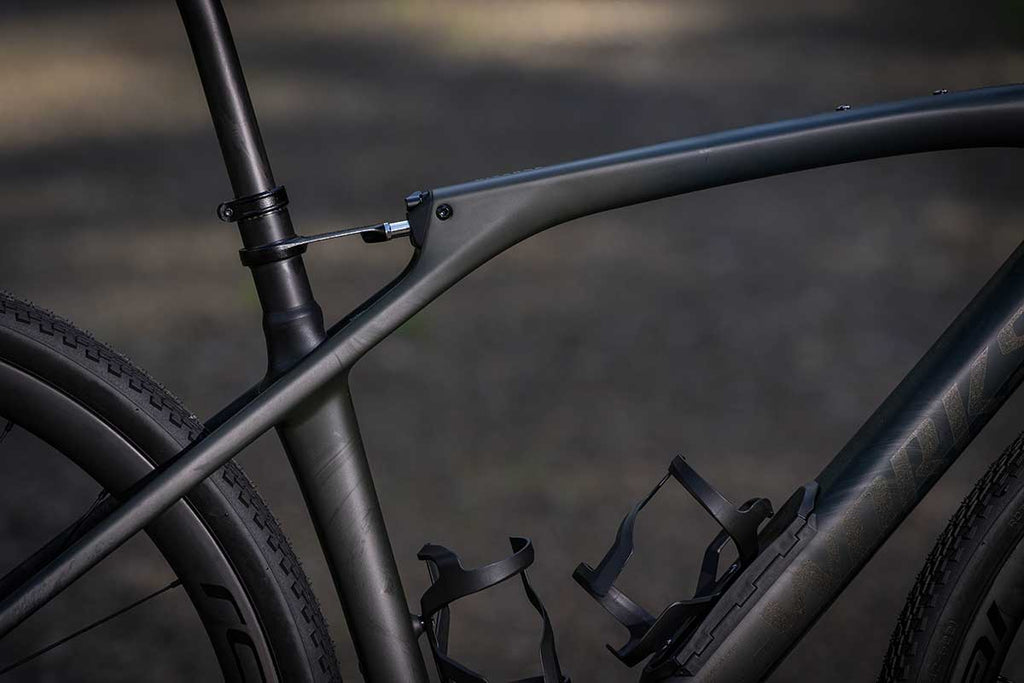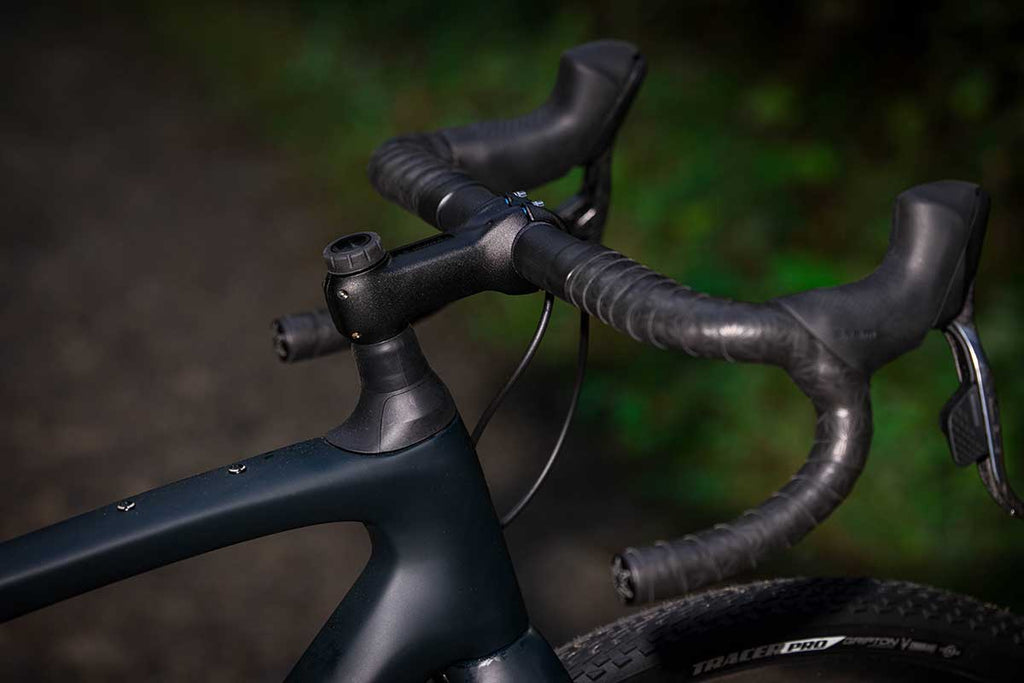When the first Specialized Roubaix debuted with 20mm of Future Shock suspension at the rear in 2016, it was an innovative solution to help riders glide over the brutal cobbles of the spring classics. Since then, the technology has become popular among professional and amateur riders alike who are searching for extra comfort on the rough stuff.
As gravel riding has skyrocketed in popularity, Specialized has found an even better home for its Future Shock technology, releasing the first Specialized Diverge gravel bike with Future Shock front suspension in 2017. Three years later, the brand developed Future Shock 2.0 on the 2020 Specialized Diverge, which allowed riders to lock out suspension rather than not being able to adjust it at all. Ian Boswell has since ridden this bike to victory at Unbound Gravel in 2021 and it is regularly seen on the podiums of some of the biggest gravel events in the world. Today, Specialized has gone one step further with Future Shock by releasing the new Diverge STR which is adorned with suspension at both the front and rear of the bike.
The front of the Diverge STR sticks with the same Future Shock 2.0 seen on the previous iteration: 20mm of adjustable, damped front travel that aims to keep riders in control and relieves impact on a rider’s frontal area – hands, arms and shoulders. On the go adjustment means that riders can turn the Future Shock on and off depending on the severity of the terrain, while the fork of the bike is rigid to aid handling.
It’s at the rear of the bike that the Diverge gets the biggest upgrade. Technicians developing the Diverge STR note that the main conundrum when creating the bike was making riders comfortable on rough roads while also retaining the instant acceleration that comes from a rigid frame. The solution, they say, is suspending the rider, rather than the wheel.
 In order to do this, Specialized has added 30mm of travel to the back of the bike through Rear Future Shock. The system is made up of three main components: the framepost, the tendon, and the damper. As the frame post acts as a spring, the damper controls the movement of the spring and the tendon ties them together.
In order to do this, Specialized has added 30mm of travel to the back of the bike through Rear Future Shock. The system is made up of three main components: the framepost, the tendon, and the damper. As the frame post acts as a spring, the damper controls the movement of the spring and the tendon ties them together.
As a rider hits a bump or pothole, the framepost moves backwards in response to the movement of the wheel. Its direction of travel is then equal and opposite to the wheel’s path as the damper controls the movement of the framepost backwards and forwards, ensuring a smooth ride in the…

